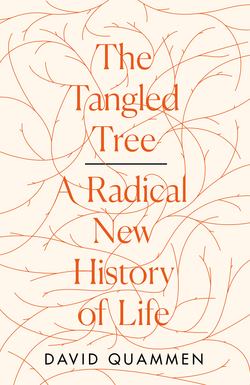Читать книгу The Tangled Tree: A Radical New History of Life - David Quammen, David Quammen - Страница 28
20
ОглавлениеImmediately after his epiphany, Woese shared it with George Fox, the postdoc he had assigned to work with Bill Balch on growing the methanogens. As recalled later by Fox, Woese “burst into my room in the adjoining lab” with the announcement that they had something unique. From there he proceeded throughout the lab, among his young students and assistants, “proclaiming that we had found a new form of life. He then pointed out,” by Fox’s memory, tart and amused, “that this was of course contingent on my having not screwed up the 16S rRNA isolation.” Being cautious, they repeated the whole process with delta H and got the same result. So no, Fox hadn’t screwed up.
“George was always skeptical,” Woese himself wrote later about their reactions to the discovery, adding that he valued such skepticism as good scientific instinct. Fox’s doctorate in chemical engineering suited him well to offset epiphanic leaps, even by the boss, with empirical caution. In fact, their shared instinct for skepticism about such a startling result helps explain why these two men worked so well together. But the anomalies in the fingerprints persuaded Fox too. By his account, they seemed to “jump off the page,” and he agreed that those differences suggested a third, very distinct form of life.
Still, Woese and Fox both knew that convincing other scientists of such an epochal discovery would be difficult. More data were needed. So the Woese lab went back to work, with Balch’s methodology and help, on culturing and fingerprinting still another methanogen. Woese and his colleagues worked quietly, for the time being. By the end of 1976, they had five additional genetic catalogs from five more methanogenic microbes, all quite different from one another but sharing signs of a much greater, much deeper, and shared difference from anything else known to exist.
